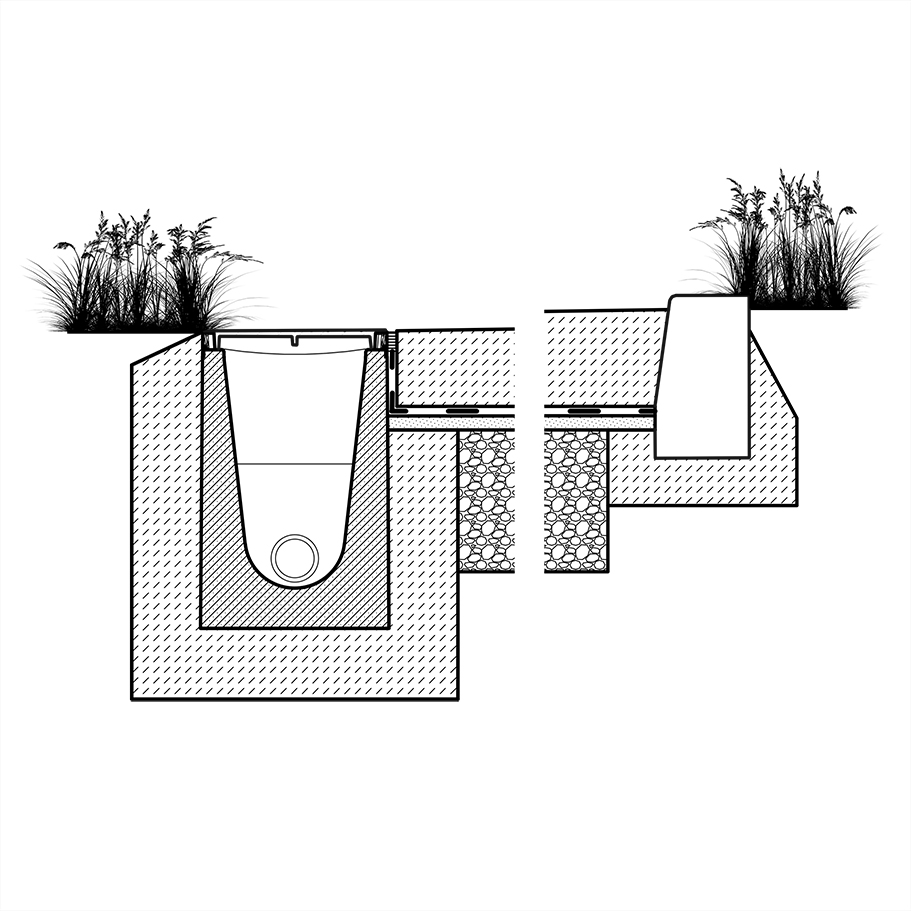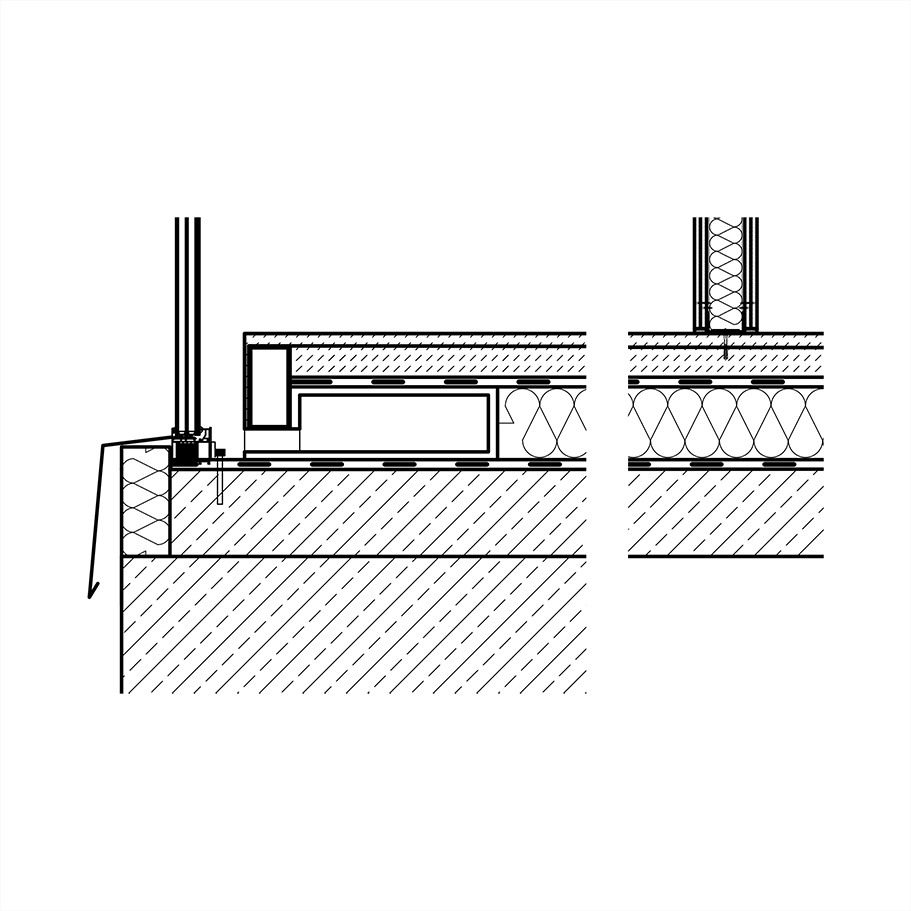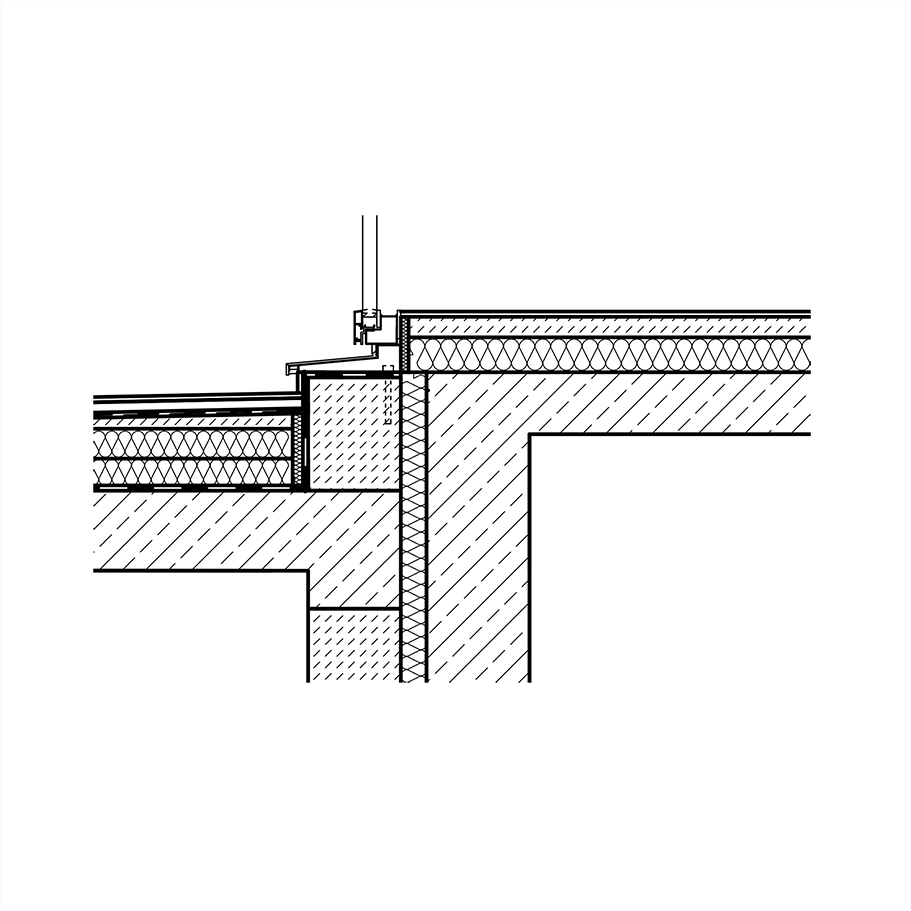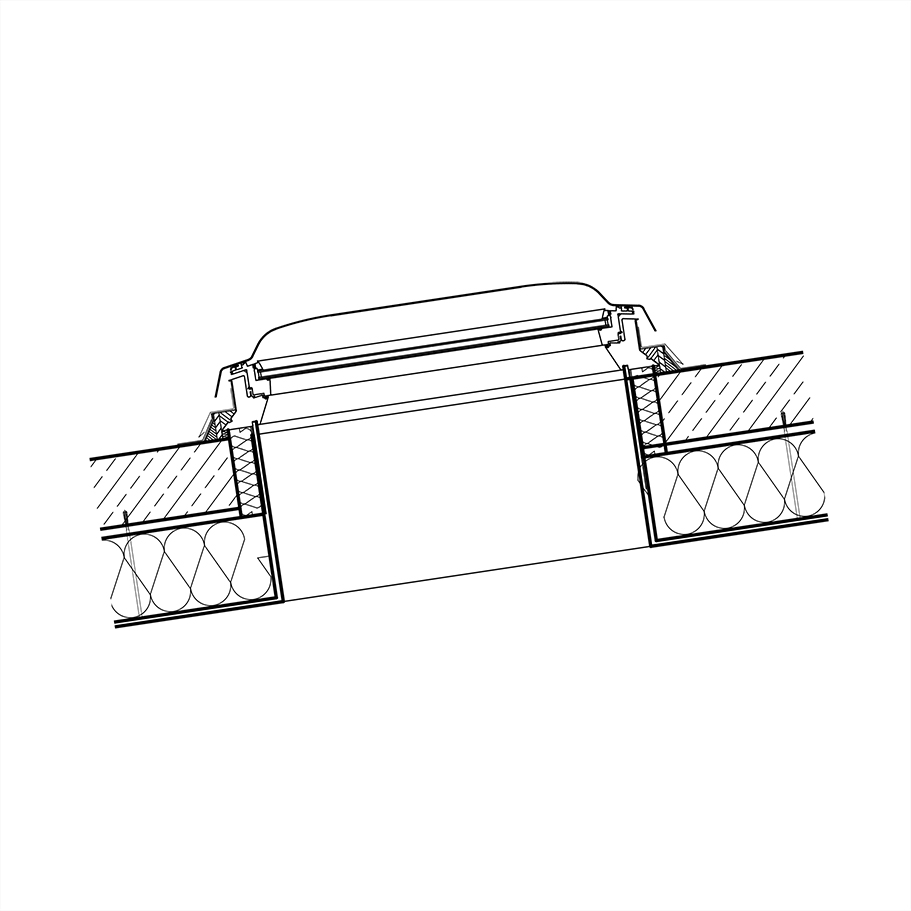Architecture only survives where it negates the form that society expects of it.
Where it negates itself by transgressing the limits that history has set for it.
Bernard Tschumi
Architecture only survives where it negates the form that society expects of it.
Where it negates itself by transgressing the limits that history has set for it.
Bernard Tschumi
The subject of the task was to prepare an architectural and urban conceptual design of a single-family house on a selected site in Poland, with the exception of protected areas and areas not designated for building development. The design should take into account the relationship with the context of the place, the natural and cultural landscape. The area of the designed volume should not exceed 350 m2. It was also important to link the house with the surroundings, both close (e.g. the garden) and those further away – including view openings.
The adapted water tower is located in Bytom (Upper Silesian conurbation). It was built in 1935 on Gustav-Freytagstraße, now Oświęcimska Street – the highest point dominating the city. It was situated on a hill near the teacher training college and the former military barracks.
It was one of the most modern buildings of its kind at the time. The innovative concrete construction based on Odra gravel had special physical and mechanical properties. The concrete used had unprecedented strength, which made it possible to reduce the amount of reinforcement. The structure was protected against shocks, just like modern skyscrapers in Tokyo. The tower rises on three legs, which in turn are supported on bearings. The staircase is a separate structure, working independently to enable self-stabilisation.
The project involves the adaptation of a water tower into an architect’s own home, passionate about modern design techniques – algorithms, machine learning or digital fabrication. The concept foresees the creation of two zones, a residential one and a robotic_lab studio. Between the lower and middle bracing ring, the residential part has been placed. It is divided into the lower – day part (kitchen, dining room, living room, toilet, storage room) and the upper – night part (two bedrooms with bathrooms). A terrace for residents and workers of robotic_lab is planned above the living area. The equipment associated with the former function will be removed from the former tank. A robotic_lab will be created there. The space will be divided into computer workstations, micro workspace and macro workspace. A bathroom is planned, as well as a rainwater storage tank to help with the sewage system.
The communication shaft includes a hydraulic lift and stairs, and will serve communication from the base of the tower to the tank that houses the robotic_lab. The tank has been lined internally with insulation to prevent the interior from overheating. A terrace is planned above the living area for residents and laboratory staff. At the top of the tower there is a base station, serving the telecommunication antennas. The highest part of the building is only accessible via stairs and technical ladders.
The basic structure of the building consists of the existing structure – ring, columns, bracing and the construction of the tank, the shell of which has been partly removed in order to lighten the interior. The form allows for high solar heat gain with optimum insolation and good ventilation (breathability).
Another environmentally friendly solution is the use of heat pumps. These are located on the north side of the access road and all equipment is located near the foundation slab of the newly designed traffic riser. In addition, rainwater will be used. A tank for it is located in the robotic_lab, where it will be drained from the cover mantle and then reused.




Cracow University of Technology, Faculty of Architecture
Division of Housing Environment
Tutor: Wacław Seruga, prof. dr hab.
with Jarosław Huebner, PhD Arch
2015
| Cookie | Duration | Description |
|---|---|---|
| cookielawinfo-checkbox-analytics | 11 months | This cookie is set by GDPR Cookie Consent plugin. The cookie is used to store the user consent for the cookies in the category "Analytics". |
| cookielawinfo-checkbox-functional | 11 months | The cookie is set by GDPR cookie consent to record the user consent for the cookies in the category "Functional". |
| cookielawinfo-checkbox-necessary | 11 months | This cookie is set by GDPR Cookie Consent plugin. The cookies is used to store the user consent for the cookies in the category "Necessary". |
| cookielawinfo-checkbox-others | 11 months | This cookie is set by GDPR Cookie Consent plugin. The cookie is used to store the user consent for the cookies in the category "Other. |
| cookielawinfo-checkbox-performance | 11 months | This cookie is set by GDPR Cookie Consent plugin. The cookie is used to store the user consent for the cookies in the category "Performance". |
| viewed_cookie_policy | 11 months | The cookie is set by the GDPR Cookie Consent plugin and is used to store whether or not user has consented to the use of cookies. It does not store any personal data. |